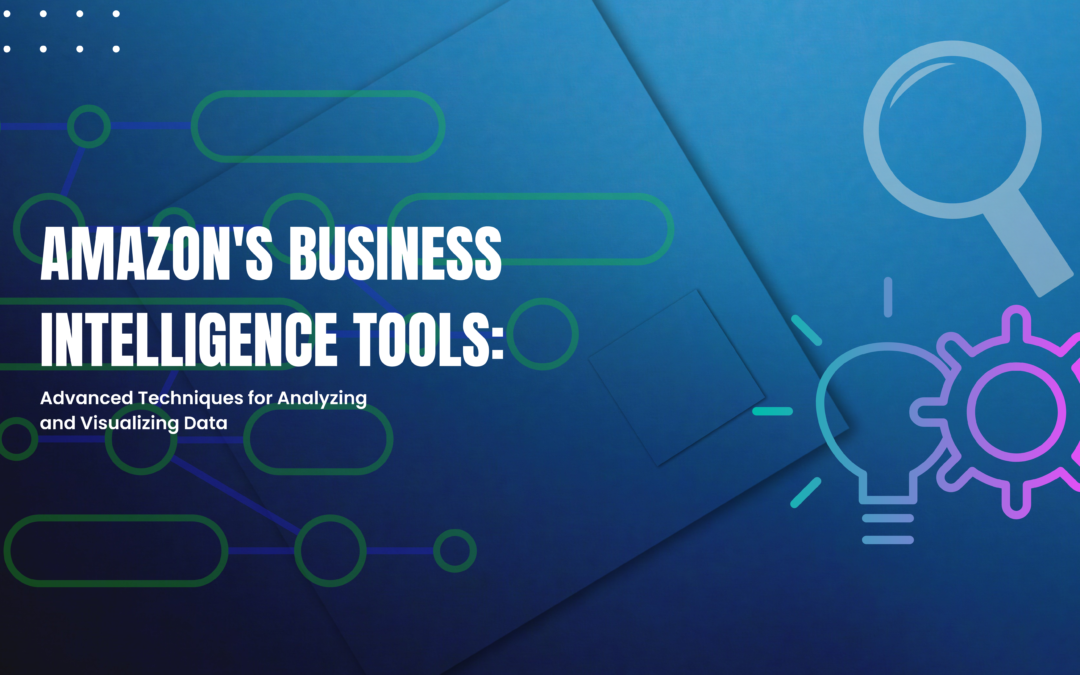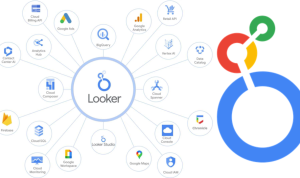How Amazon Uses Business Intelligence to Drive Growth brings to light the innovative strategies that have enabled one of the world’s largest retailers to thrive in a competitive marketplace. By leveraging data and analytics, Amazon has transformed its business model, making informed decisions that enhance customer experiences and streamline operations. From understanding consumer behavior to optimizing supply chain logistics, the use of business intelligence has become pivotal in driving Amazon’s growth trajectory.
As we explore this fascinating intersection of technology and retail, it becomes clear that Amazon’s approach to business intelligence not only sets the company apart but also serves as a blueprint for others looking to harness data for strategic advantage. With a keen focus on actionable insights, the company’s commitment to continual improvement and adaptation has created a resilient framework for sustained success.
In today’s digital age, the importance of effective communication cannot be overstated. Whether you are engaging with colleagues in a professional setting, connecting with customers, or simply sharing ideas, the way you communicate can significantly impact your success. In this article, we will explore the key elements of effective communication and provide tips on how to enhance your communication skills for both personal and professional growth.First and foremost, it’s essential to understand what effective communication entails.
At its core, effective communication is about conveying information clearly and understandably. It involves not only the words you choose but also your tone, body language, and the context in which the communication occurs. To be effective, you must strive to ensure that your message is not only sent but also received and understood as intended.One of the most critical aspects of effective communication is active listening.
This means fully engaging with the speaker, paying attention, and demonstrating that you value what they are saying. Active listening involves making eye contact, nodding, and occasionally summarizing what the speaker has said to confirm your understanding. By being attentive and showing genuine interest, you foster a more open and productive dialogue.Moreover, clarity and conciseness are vital to effective communication.
In our fast-paced world, people often appreciate brevity. When crafting your message, aim to eliminate unnecessary jargon and complex language. Instead, use simple, straightforward terms that convey your point without ambiguity. For instance, instead of saying, “We need to synergize our efforts to optimize efficiency,” you might say, “Let’s work together to be more efficient.” This not only makes your message clearer but also more relatable.Additionally, understanding your audience is crucial.
Tailoring your communication style to fit the preferences and expectations of your audience can lead to more effective exchanges. When speaking to a technical team, for example, using industry-specific language may be appropriate. Conversely, when addressing a non-technical audience, it’s best to simplify your vocabulary and explanations. Consider the demographics, culture, and familiarity of your audience with the topic at hand.Non-verbal communication plays a significant role in how your message is perceived.
Your body language, facial expressions, and even your posture can influence the way your words are interpreted. For example, maintaining an open posture and using appropriate gestures can enhance your message and make you appear more approachable. Conversely, crossed arms or a lack of eye contact might suggest disinterest or defensiveness. Being aware of your non-verbal cues and aligning them with your spoken message can reinforce your communication effectively.Furthermore, emotional intelligence is a key component of effective communication.
Understanding and managing your own emotions, as well as empathizing with others, allows for deeper connections and more meaningful conversations. When you acknowledge the emotions of others and respond appropriately, you create an environment of trust and respect. For instance, if a colleague expresses frustration, recognizing their feelings and responding with empathy can help diffuse tension and foster collaboration.In a professional setting, feedback is an essential part of communication.
Providing constructive feedback helps others improve and grow, while receiving feedback can enhance your own skills and performance. When giving feedback, focus on specific behaviors rather than personal attributes, and frame your comments in a way that encourages improvement. Instead of saying, “You did a poor job on this project,” you could say, “I think there were some areas where we could enhance the project outcomes.
Let’s discuss how we can improve next time.” This approach maintains a positive tone and encourages a collaborative effort toward growth.Moreover, the rise of digital communication has transformed the way we interact. Emails, messaging apps, and video calls have become staples in both personal and professional communication. While these tools offer convenience, they also come with challenges. The absence of non-verbal cues in written communication can lead to misunderstandings.
To mitigate this, consider the tone of your messages and use emojis or punctuation strategically to convey emotion when appropriate. Additionally, when using video calls, ensure that you are in a conducive environment, free from distractions, to promote effective communication.Another important aspect of communication is adaptability. In a rapidly changing world, circumstances can shift unexpectedly, and being able to adjust your communication style accordingly is crucial.
For instance, if a meeting takes an unforeseen turn, being flexible enough to pivot your discussion or approach can help maintain engagement and relevance. Being open to feedback and willing to change your communication methods based on the situation demonstrates maturity and professionalism.Lastly, practice makes perfect. Like any skill, effective communication requires continuous practice and refinement. Seek opportunities to engage in conversations, whether through public speaking, networking events, or simply chatting with friends.
Reflect on your interactions and consider how you can improve. Joining groups like Toastmasters can also provide a supportive environment to enhance your speaking and listening skills.In summary, effective communication is a multifaceted skill that encompasses clarity, active listening, emotional intelligence, and adaptability. By honing these skills, you can improve not only your professional relationships but also your personal connections.
Remember that communication is not just about speaking; it’s about building understanding and rapport. As you strive to enhance your communication abilities, you’ll find that the benefits extend far beyond mere words, enriching your interactions and fostering greater collaboration in all areas of your life.





